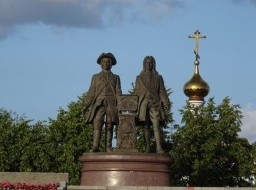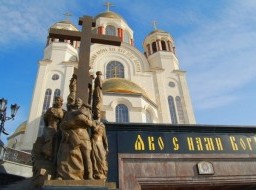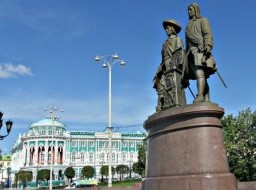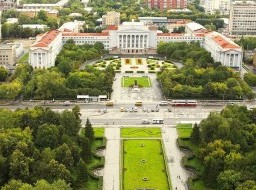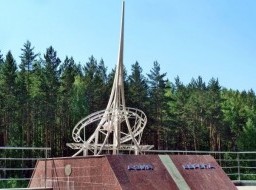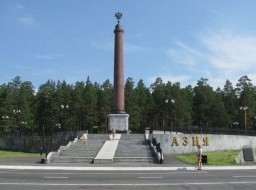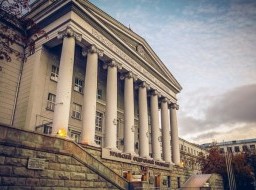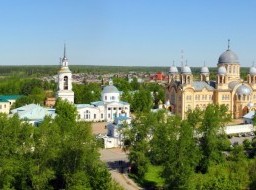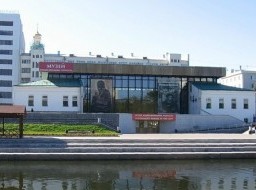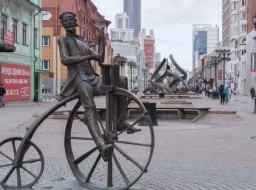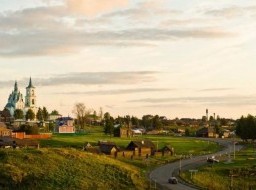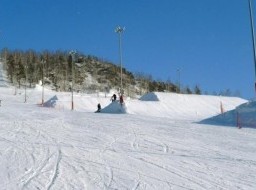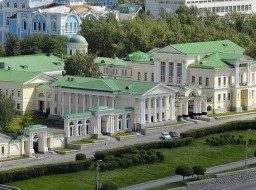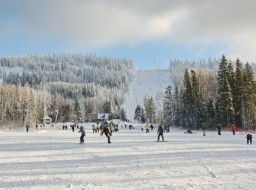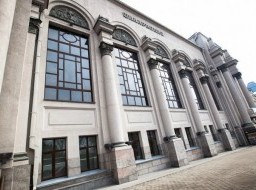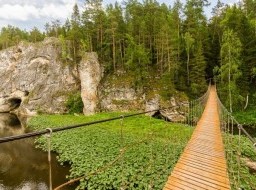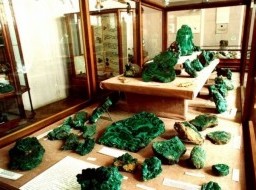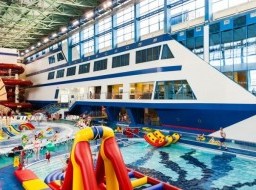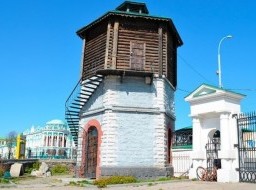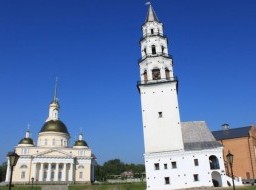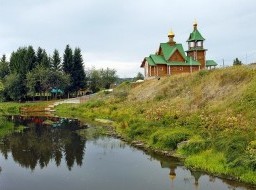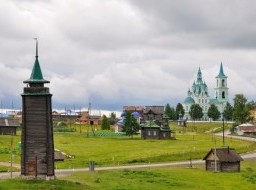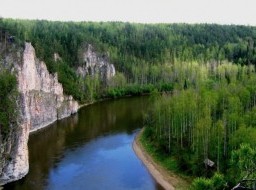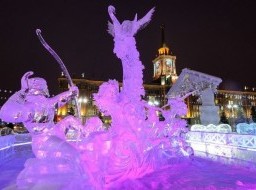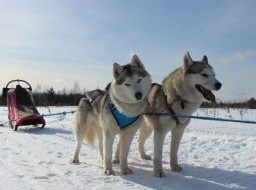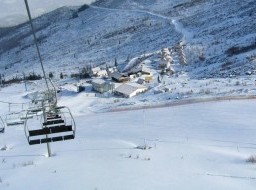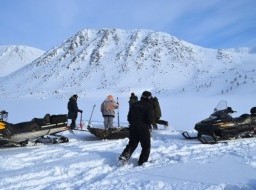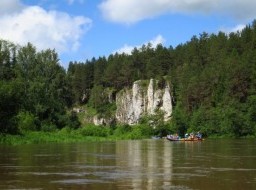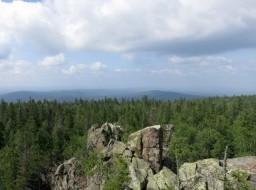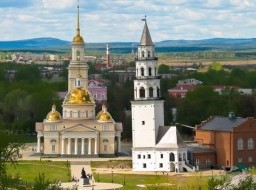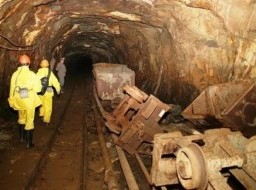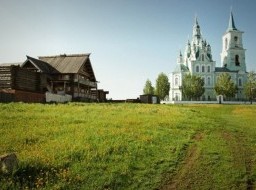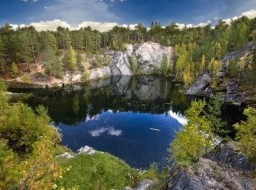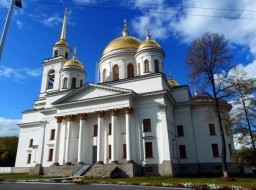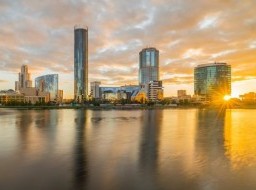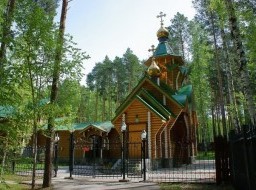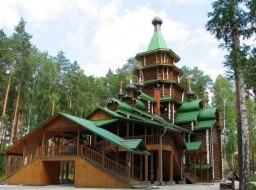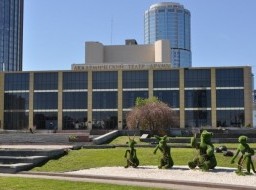The village of Byn'gi is 7 kilometers to the north-east of the city of Nevyansk in the Sverdlovsk region.
Byn'gi is an ancient Old Believers village that appeared approximately in the second half of the 17th century. The first mention of the village in the documents refers to 1704. However, officially the date of foundation of the village is considered to be 1718, when the Demidovs founded Byn'gi iron works.
Here, at the plant at the mouth of the Byn'gi River at the confluence with the Neiva River, iron was produced from cast iron supplied from the Nevyan and Petrokamensk plants. Here, strip, board and sheet iron were produced. After half a century - in 1769 - the factory was acquired by Savva Yakovlev. Byn'gi plant worked until 1863, when it was closed for unprofitability.
After the closure of the plant, the population worked on mines, handicrafts, and auxiliary works at neighboring plants. In 1891, the village of Byn'gi was shaken by the fierce fire that had wiped out more than 50 houses. Nowadays most of all Byn'gi are famous for the unique St. Nicholas Church (in some sources it is called the St. Nicholas Church). It is one of the oldest stone temples in the Urals, built in the late 18th century.
There is an interesting legend about the appearance of the temple. After the death of Savva Yakovlev, his sons began to quarrel over the inheritance. And according to the legend, Peter Savich Yakovlev vowed that if Nevyansky plants moved to him, he would build an unprecedented temple. When the wish of Peter Yakovlev was fulfilled, he kept his vow before God and gave an order to his manager: "If possible, pour into the Byn'gi a cast iron church in the name of St. Nicholas the Hierarch: if this can not be done, then build a temple there for glory, do not regret anything, who would be surprised and who would not have had a century "
In 1789, the St. Nicholas Church was laid, and consecrated September 30, 1796. The temple was built for centuries. The walls are reinforced with metal ties, and the bell tower inside is sewn with cast iron and iron. The floor was laid with cast-iron plates. In Soviet times, during the persecution of the church, the temple was lucky and it did not close, although the services were not conducted because of the absence of a priest. Inside the temple you can see icons of the famous Nevyan school. They differ from traditional by their brightness, grace and beauty.
The most amazing thing is that the church belfry is equipped with ancient chimes. The phenomenon for Russia is extremely rare, if not the only one of its kind (I have not heard that somewhere else in our country there were temples with chiming clock). It is noteworthy that the chimes of local, Nevyansky production.
Unfortunately, now the ancient chimes do not work. In a deplorable state there is also a temple itself, which requires restoration. Although, by the way, the St. Nicholas Church has the status of a historical and architectural monument of federal significance.
St. Nicholas Church is not the only cult building in Byn'gi. A little further away is the stone monastery of the Kazan Congregational Church. It was laid in 1852, but was consecrated only after almost 20 years - in 1871. The church is slowly being rebuilt and restored.
In Byn'gi preserved several ancient houses - samples of wooden architecture. They date from the second half of the XIX - the beginning of the XX centuries. One of the striking examples of such a house is right next to the St. Nicholas Church. The surroundings of Nevyansk have long been famous for gold. Byn'gi here is one of the main centers of gold mining. Further along the highway, beyond Byn'gi, there are settlements of the Upper and Lower Tavolgi, interesting ceramic production, pottery workshops. They organize excursions and master classes.

